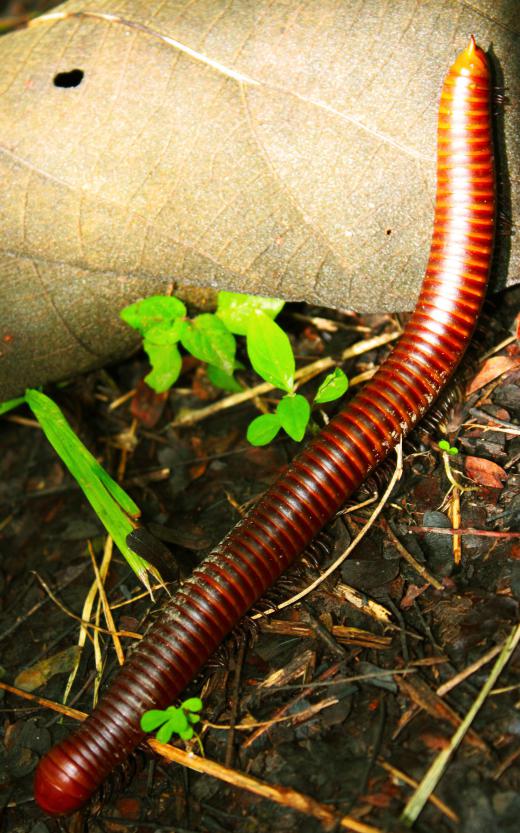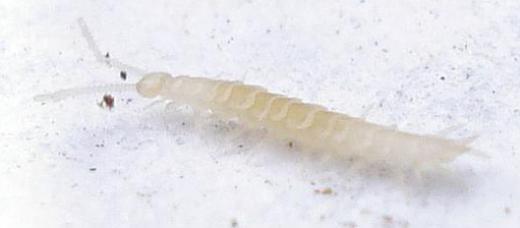What is the Difference Between Lophotrochozoans, Edcysozoans, and Platyzoans?
 Michael Anissimov
Michael Anissimov
There are two primary groupings of bilaterian (bilaterally symmetrical) animals: protostomes and deuterostomes. They are also called superphyla, because each contains multiple animal phyla. The deuterostomes tend to be more complex, and include echinoderms, hemichordates, chordates (all vertebrates), and a few smaller phyla. The protostomes contain practically everything else, including arthropods, annelids, flatworms, mollusks, etc. A few small phyla are not classified as either. The primary difference between the two groups is how they develop as embryos: in protostomes, the first opening in the embryo becomes the mouth, and in deuterostomes, it becomes the anus.
Most scientists recognize at least three superphyla within protostomes — Lophotrochozoa, Edcysozoa, and Platyzoa. These superphyla were proposed in 1995, 1997, and 1998 respectively, based on molecular and morphological evidence. Lophotrochozoans ("crest-bearing animals") are united by the presence of a lophophore, a ring of ciliated tentacles around their mouth, used to grasp food particles. Lophotrochozoans, sometimes also called trochozoans, include about a dozen phyla: Entoprocta, Mollusca, Annelida, Phoronida, Brachiopoda, Nemertea, Chaetognatha, Bryozoa, Myzostomida, Acoela, and Gnathostomulida. The majority of lophotrochozoans are marine, which makes sense because ciliated mouth-tentacles for grabbing food are most useful underwater.

Besides lophotrochozoans, another predominantly marine superphyla of protostomes are the platyzoans ("flat animals"), which includes flatworms and a number of important microscopic, planktonic animals such as rotifers and gastrotrichs. Platyzoans are distinguished by either the absence of a coelom (body cavity) or a diminished coelom called a pseudocoel. On average, platyzoa is the simplest of the protostome superphyla, though simple organisms are also found among lophotrochozoans. Platyzoans were formerly considered members of Lophotrochozoa, but most scientists now give them their own group.

The last protostome superphyla are the Ecdysozoa, distinguished by molting their exoskeletons (ecdysis). Ecdysozoa is the most successful and widespread of the protostome superphyla, and include arthropods (crustaceans, insects, chelicerates, and myriapods), nematodes (roundworms), tardigrades, velvet worms, and several smaller phyla. Nematodes are one of the most numerous animals on the Earth, found in every conceivable environment, including Antarctica, while arthropods contain the most species, probably over 7 million, representing more than 90% of all animal biodiversity on Earth. Though there are numerous other organisms that use some form of shell or external cuticle, the Ecdysozoa's are obviously the most evolutionarily effective.
AS FEATURED ON:
AS FEATURED ON:













Discussion Comments
This helped, thanks.
Post your comments